Using construction, making and creating to nurture children’s personal, social and emotional development.
Creativity is a curious word, it can mean so many things and everybody’s experiences are different. There was an article I read about creativity that resonated, when I was grappling with what it means to me, it came from a website called Ignite Futures and it characterises creativity as this:
“
• Resilience – the capacity to tolerate confusion and ambiguity and to learn through trial and error;
• Resourcefulness – knowing what to do when you don’t know what to do, and having different thinking strategies;
• Reflection – being able to observe and document your own thinking;
• Relationships – the capacities to see and make connections, and develop more than one meaning or possibility;
• Risk-taking – the appetite for challenge, developing an eclectic curiosity and exploring new unfamiliar territory
”
As an artist these words reflect my everyday life, my creative process and also my life as freelancer in an increasingly challenging landscape. The descriptions also got me thinking about the work I do in early years and about children’s play.
Before I unpick it, let me first describe what a session I run might be like. I work in informal settings with families and their very young children, running creative play sessions. The term creative play is used to describe open ended, process based play with a variety of materials. Before my group arrives I create an installation with the materials I have chosen, which will be linked to the theme I have also chosen. I have lots of the same stuff on offer, whether it be boxes, fabric, pegs, tapes etc. I try to create an enticing, irresistible space for children and parents to play in. This is where the adult-led ends and the child-led begins. The spaces I construct are provocations, intended to excite and spark off individual creative journeys and group ones too. I hold the space and facilitate by responding to individual and group needs. I tend not to use any exemplars in my sessions, there are no tangible intended outcomes and a parents’ roles could be - observer, play partner, supporting artist or artist in their own right ( and other, as yet, unimagined roles!). To start we sing some songs together to get settled and to arrive in the space, then there follows about an hour of undirected free play. Or, to the untrained eye creative chaos!
So, what is happening here to nurture a child’s personal, social and emotional development? To explore this I want to look back at those 5 Rs I started with and use them to probe deeper.
Resilience – the capacity to tolerate confusion and ambiguity and to learn through trial and error
By offering creative play without directive language or fixed outcomes we present the child with an open ended opportunity to express themselves, to embrace accidents, to find joyful mistakes, to discover and to invent. We can support this by being a respectful and careful observer, by scaffolding their experience in responsive and thoughtful ways. The role of play and creativity, if nurtured sensitively, engenders a sense of resilience through reverence for the personal culture of the child - promoting autonomy.
Resourcefulness – knowing what to do when you don’t know what to do, and having different thinking strategies
I love this notion, it reminds me of a book I own called “The Intuitive Practitioner - On the value of not always knowing what one is doing”. So much of what happens in formal education settings in planned to the minute; by introducing open ended play we invite children to be improvisors - a skill they are truly masterful at. They might extend their own learning through peer to peer engagement, devising games - being spontaneous and responsive to the provocations around them.
Reflection – being able to observe and document your own thinking
Reflection, observation and documentation are words that anyone working in early years will be familiar with. When I set up a session and the participants have arrived, invariably I am a participant observer, there is often very little for me to ‘do’ as everyone in the room is so busy - engaged in his or her play. Sarah Curtis, an American early childhood teacher, said in a recent TED Talk "Because I played in the presence of a thoughtful teacher, I learned that my thoughts, my ideas were worthy of respect”
Relationships – the capacities to see and make connections, and develop more than one meaning or possibility
One of the joys of working with very young children is the sense that the possibilities are endless. Take a small cardboard box for example; in the hands of a child it could become a building block, a house, a car, a musical instrument, a character. What constantly amazes me when working with very young children and their families is that by not offering examples the variety and extent of what is created stretches far beyond what I could have imagined on my own. There is a huge amount of collaboration and negotiation that goes on. It is a constantly evolving, growing conversation.
Risk-taking – the appetite for challenge, developing an eclectic curiosity and exploring new unfamiliar territory
Risk taking is another interesting area for discussion in the early years sector. In this context it is not only the risk of actual harm - using real tools or real sticks that may have splinters, but also the perceived risks of the unknown. It reminds me of the poem The Little Boy by Helen E. Buckley which illustrates beautifully that if we are constantly told what we need to do we will be at a loss when the time comes when there is no list of instructions. Creative thinking is essential.
There is a great deal of pressure on young children and adults alike to be making ‘things’. ‘Things’ which we can label, name, assess and mark. ‘Things’ that look the same as everybody else's. Play and creativity are the real work of childhood. I would suggest that play and creativity are the building blocks to feeling secure and valued; exploring and learning confidently; and ultimately feeling good about ourselves.





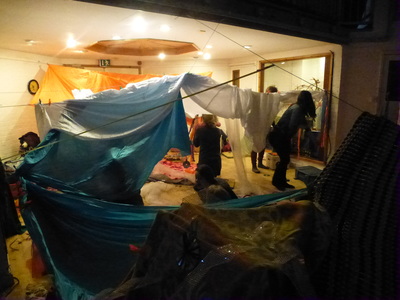

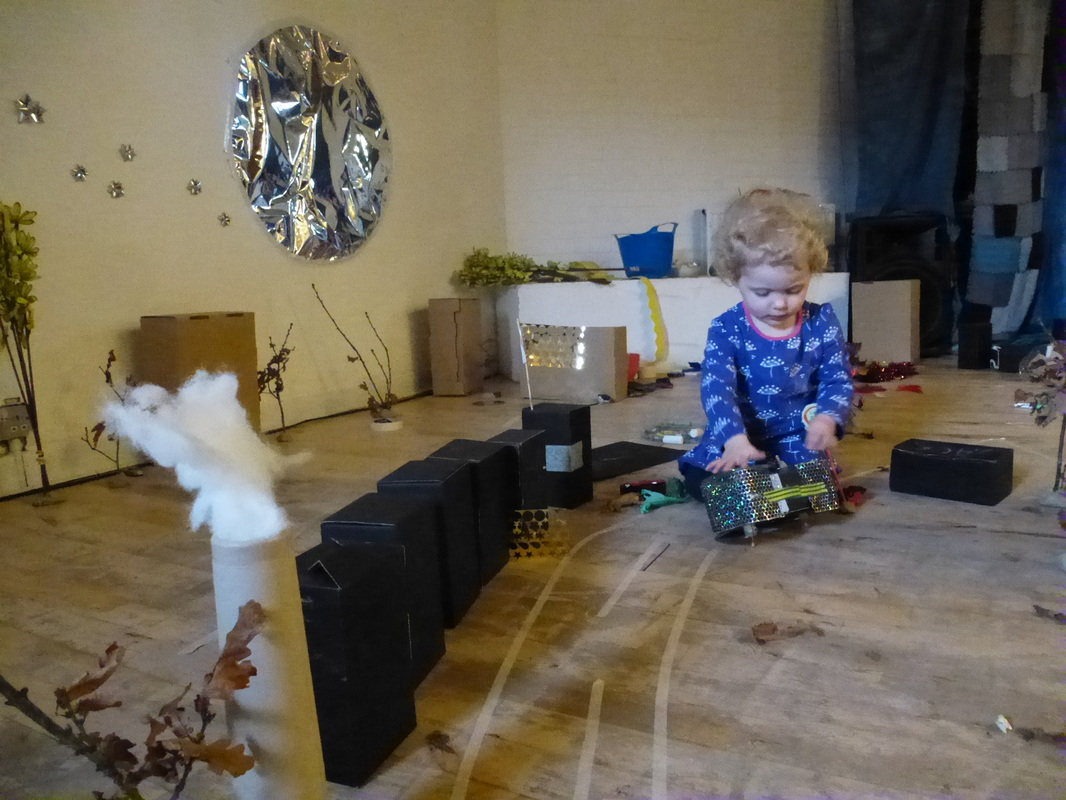


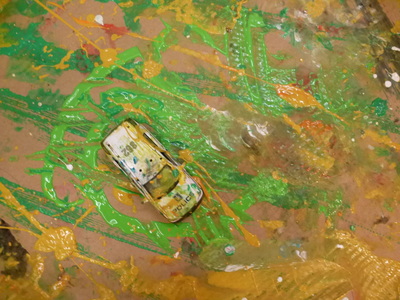

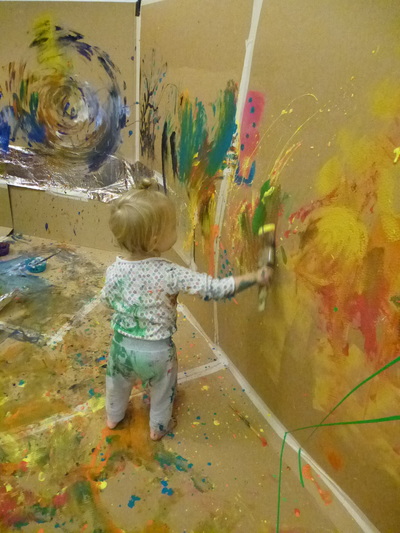






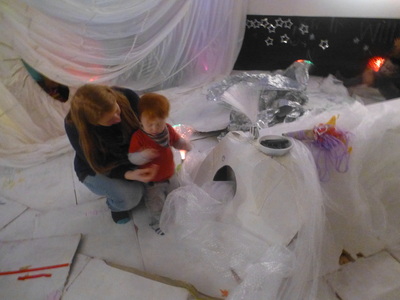
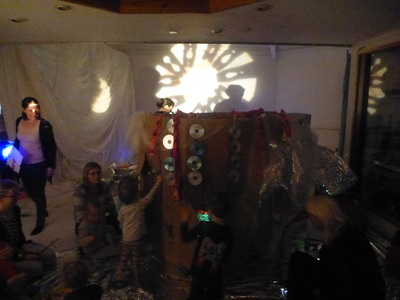
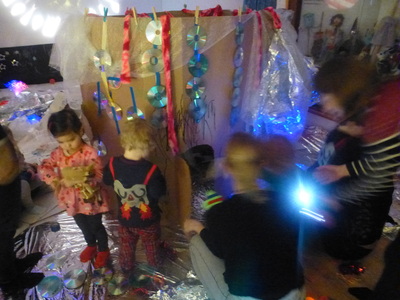

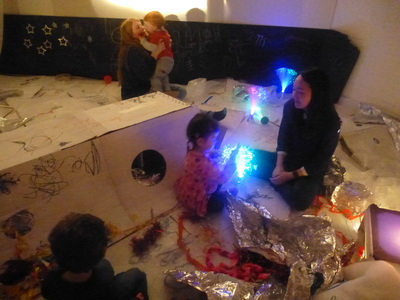



 RSS Feed
RSS Feed
